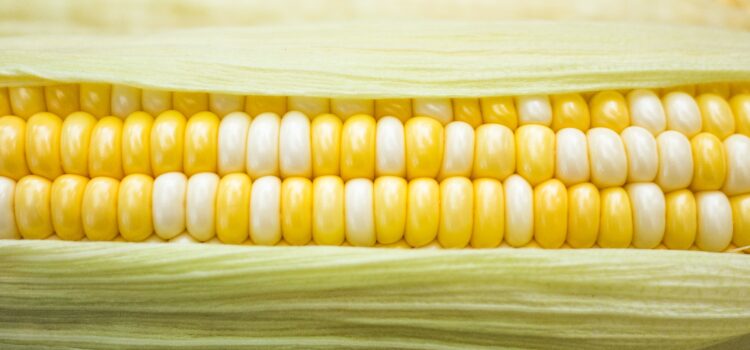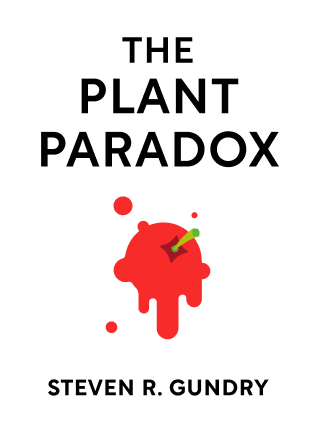

This article is an excerpt from the Shortform summary of "The Plant Paradox" by Steven R. Gundry. Shortform has the world's best summaries of books you should be reading.
Like this article? Sign up for a free trial here .
What are the dangers of genetically modified foods? How can you identify GMOs?
Read on to learn how to identify and avoid the dangers of genetically modified foods.
Dangers of Genetically Modified Foods
With the rise of Roundup, farmers needed crops that could withstand the powerful weed killer.
GMO foods were created by injecting plants with foreign genes to make the plant more resistant to insects (by producing more lectins) and more resistant to Roundup, so that farmers could easily spray a whole field with Roundup and the crops would be unharmed.
However, farmers also commonly spray non-GMO crops with Roundup as a desiccant, in order to dry them out and make them easier to harvest—and the chemicals are never removed from the plants at any point between the field and your dinner table.
The Roundup-sprayed crops either end up in your grocery store or in corn and grain feed for livestock, meaning you’re ingesting Roundup from both GMO and non-GMO crops as well as the milk and meat you consume. This is one of the dangers of genetically modified foods
In addition, besides producing higher amounts of lectins to ward off insects, GMO plants produce new proteins that your body isn’t familiar with, so your immune system doesn’t know how to read the barcodes and attacks, causing inflammation.
Read Food Labels to Avoid the Dangers of GMO Foods
If non-GMO plants still have Roundup, and organic foods still have lectins, it’s hard to know what food labels really mean and how to detect the dangers of GMO foods. Here’s how to decode some of them.
- “All vegetarian feed” is often used to label poultry products. However, these products still contain (most likely GMO) grains, pseudo-grains, and/or soy.
- “Free-range” refers to how chickens were raised. However, free-range or cage-free chickens are still legally allowed to be housed in a crowded warehouse, as long as a door is open for at least five minutes a day. These chickens are also likely eating corn and soybean feed.
- “Gluten-free” products have more lectins and sugar because of the gluten substitutes than the gluten-containing version.
- “All natural” may be on any kind of food product. This term has no FDA or USDA definition or criteria.
- “No artificial ingredients” is a term as vague as “all natural”; ingredients that aren’t artificial can still be harmful.
- “No cholesterol” products contain bad omega-6 fats in place of the cholesterol.
- “No trans fats” products also contain bad omega-6 fats in place of trans fats.
- “Partially hydrogenated” products also contain bad omega-6 fats.
- “Heart healthy” products are determined by the FDA (based on fat, sodium, and cholesterol contents as well as the amounts of certain nutrients), but the criteria seem questionable considering that Froot Loops qualify but salmon and nuts don’t. (Shortform note: The FDA has amended its regulation to include avocados and certain other fruits and vegetables on the list of heart-healthy foods.)
“All organic ingredients” can include GMO crops as well as chickens that ate feed with arsenic in it. This is one of the dangers of genetically modified foods.

———End of Preview———
Like what you just read? Read the rest of the world's best summary of Steven R. Gundry's "The Plant Paradox" at Shortform .
Here's what you'll find in our full The Plant Paradox summary :
- Why eating more vegetables isn't enough, and why some vegetables are toxic to your body
- The science behind lectins and how they tear apart your body, making you fat and sick
- The 6-week program to get your body back on healthy grack






